Geophysics
Overview
Geophysics is a branch of Earth sciences that utilizes the principles of physics to study the Earth. It involves the study of Earth's shape, its gravitational and magnetic fields, its internal structure and composition, its dynamics and their surface expression in plate tectonics, the generation of magmatic systems, and the processes of rock formation.

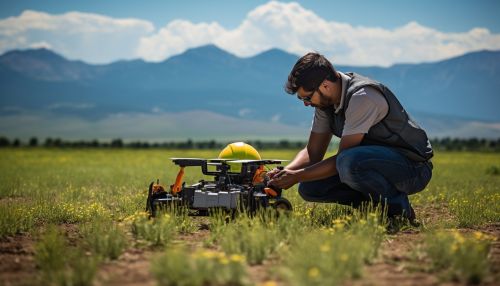
History
The history of geophysics is intertwined with the history of our understanding of Earth. The ancient Greeks, for instance, were the first to hypothesize that the Earth was a sphere. This was based on observations of lunar eclipses, which showed that the Earth's shadow on the Moon was always round. The concept of seismology can be traced back to the Chinese invention of the seismoscope in 132 AD.


Branches of Geophysics
Geophysics is divided into various sub-disciplines, each focusing on different aspects of the Earth's properties.
Seismology
Seismology is the study of earthquakes and seismic waves that move through and around the Earth. Seismologists use seismographs to record the intensity and duration of these waves to interpret the source of seismic activity.
Geodesy
Geodesy is the science of measuring and understanding the Earth's geometric shape, orientation in space, and gravity field.
Geomagnetism
Geomagnetism is the study of Earth's magnetic field, including its origin, changes over time, and effects on the atmosphere and other parts of the Earth.
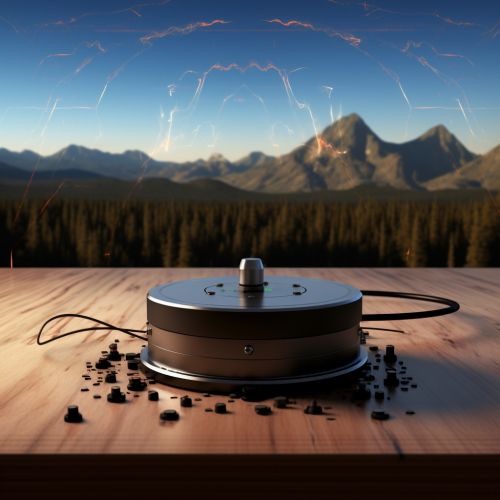
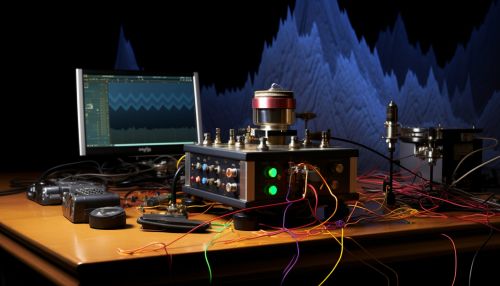
Methods in Geophysics
Geophysical investigations often employ a variety of methodologies, including gravity, magnetic, electrical, seismic, and radiometric methods.
Gravity Methods
Gravity methods involve the measurement of the gravitational field at the Earth's surface. These measurements can be used to determine the distribution of densities in the subsurface, which can provide information about the Earth's structure and composition.
Magnetic Methods
Magnetic methods involve the measurement of the Earth's magnetic field. These measurements can be used to determine the distribution of magnetization in the subsurface, which can provide information about the Earth's structure and composition.
Electrical Methods
Electrical methods involve the measurement of the Earth's electrical field. These measurements can be used to determine the distribution of electrical conductivity in the subsurface, which can provide information about the Earth's structure and composition.
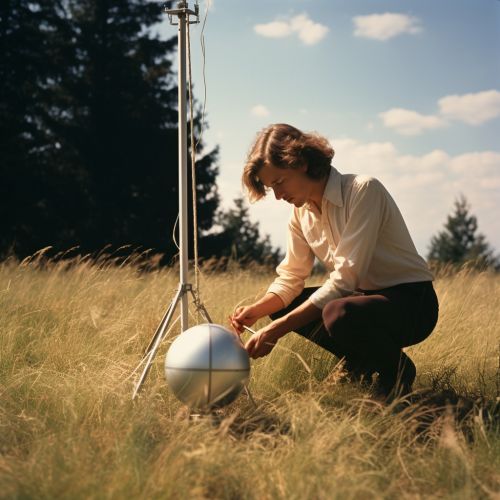

Applications of Geophysics
Geophysics has a wide range of applications, from predicting natural disasters to exploring for natural resources.
Natural Disaster Prediction
Geophysical methods are used to predict natural disasters such as earthquakes, volcanic eruptions, and tsunamis. For example, seismologists monitor seismic activity to predict potential earthquakes.
Resource Exploration
Geophysical methods are also used in the exploration for natural resources such as oil, gas, minerals, and water. For example, gravity and magnetic methods can be used to identify potential oil and gas reservoirs.
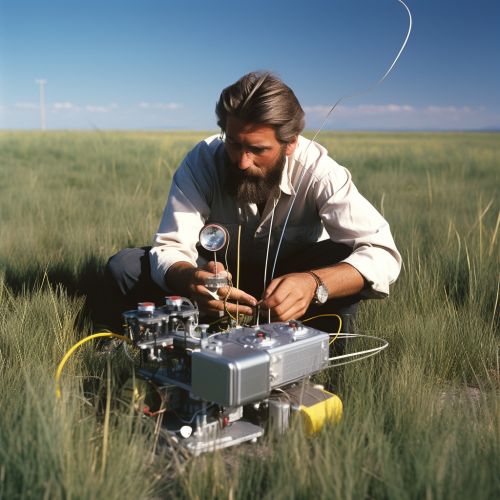

Future of Geophysics
The future of geophysics is likely to be driven by advances in technology and the need to address environmental and societal challenges. For instance, the increasing demand for energy and the need to mitigate the impacts of climate change could drive the development of new geophysical methods and technologies.


